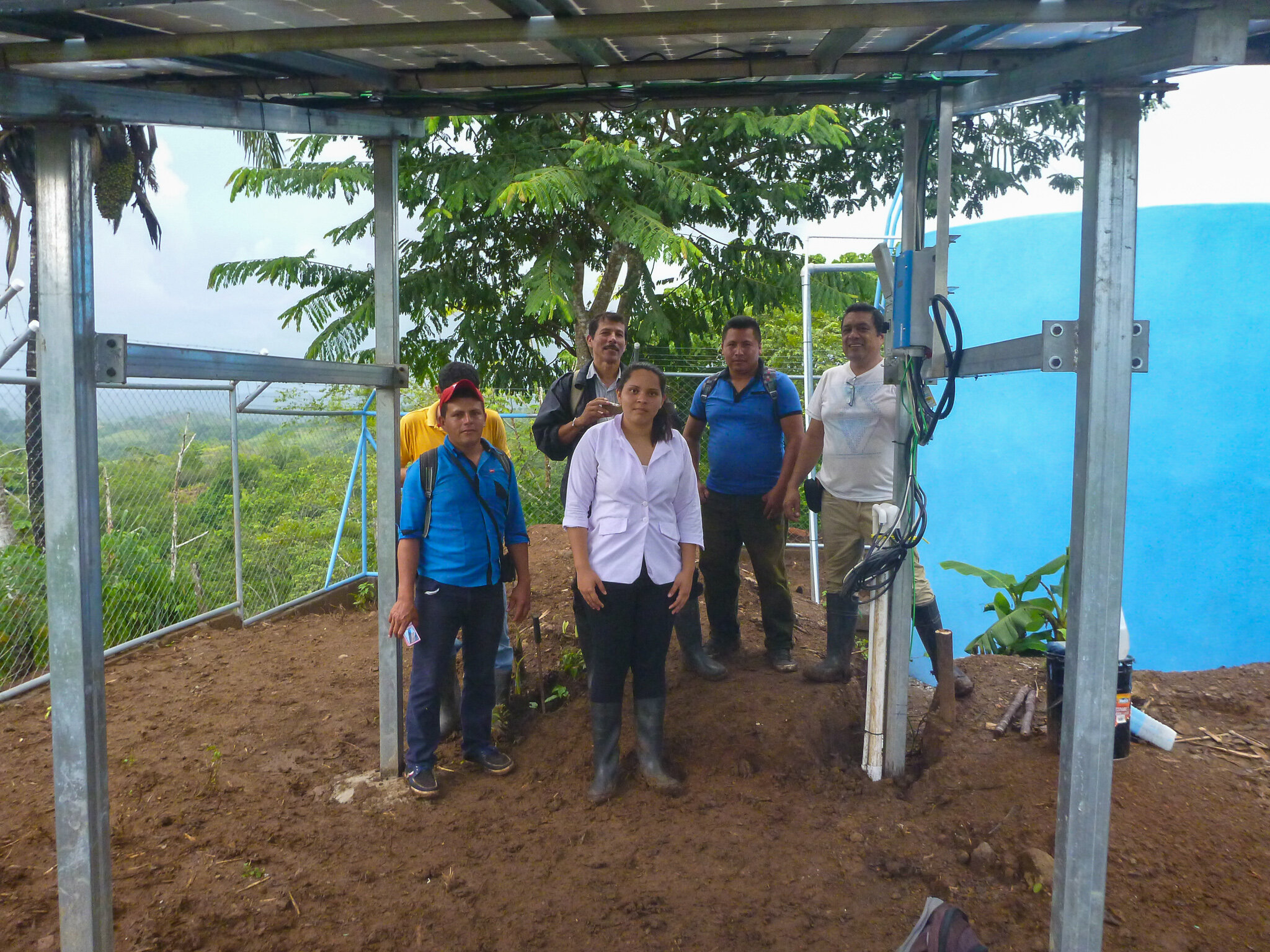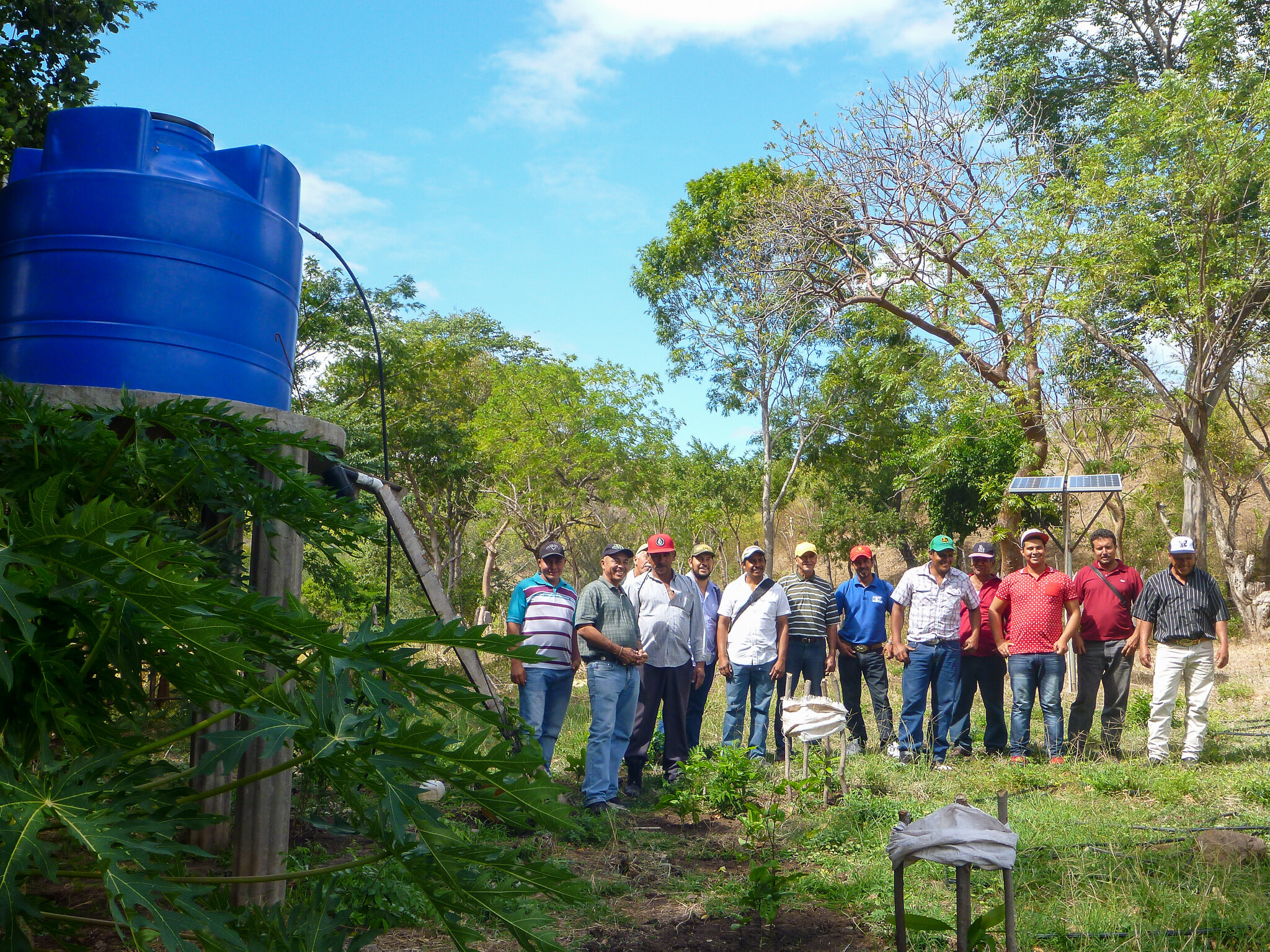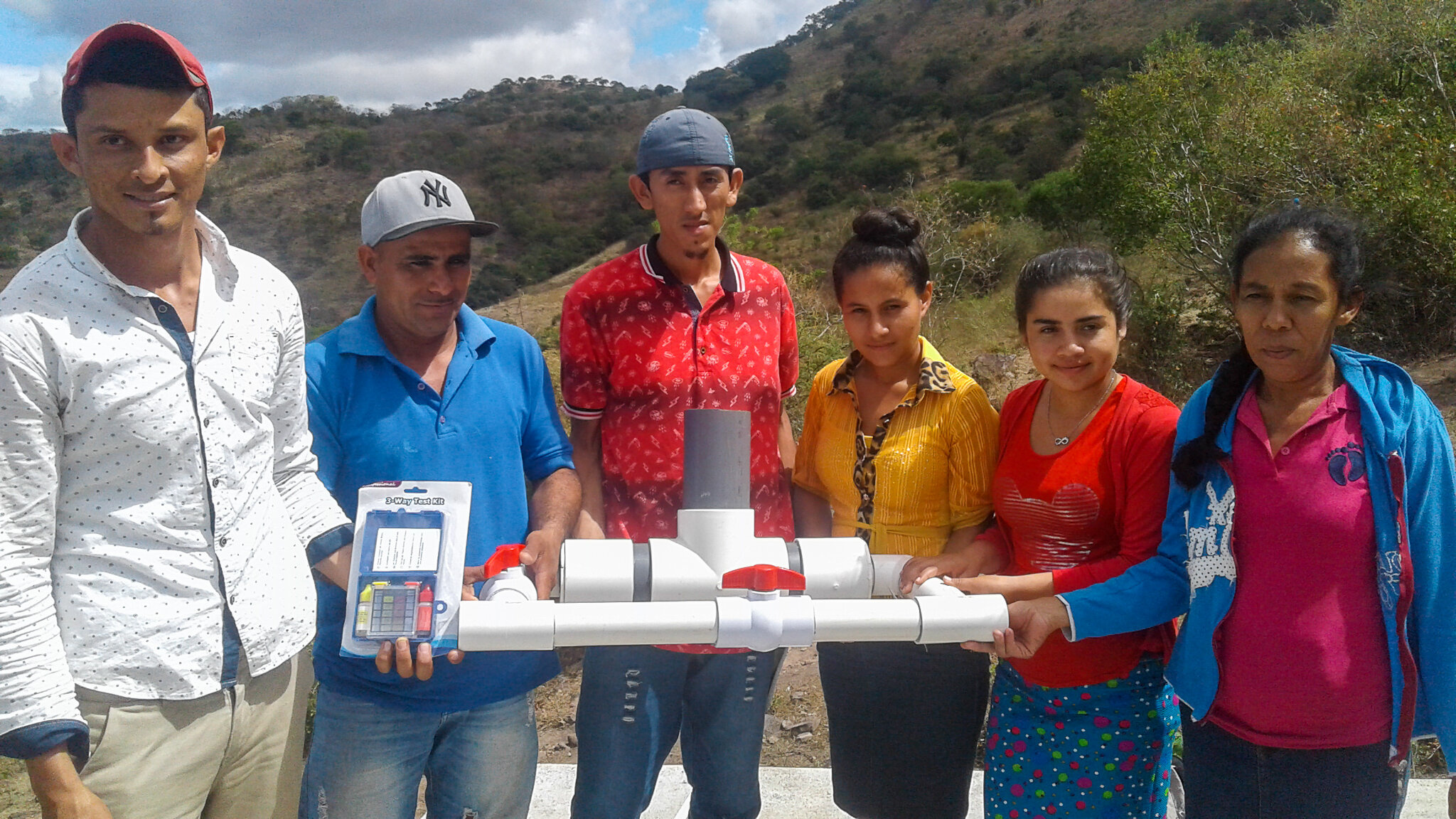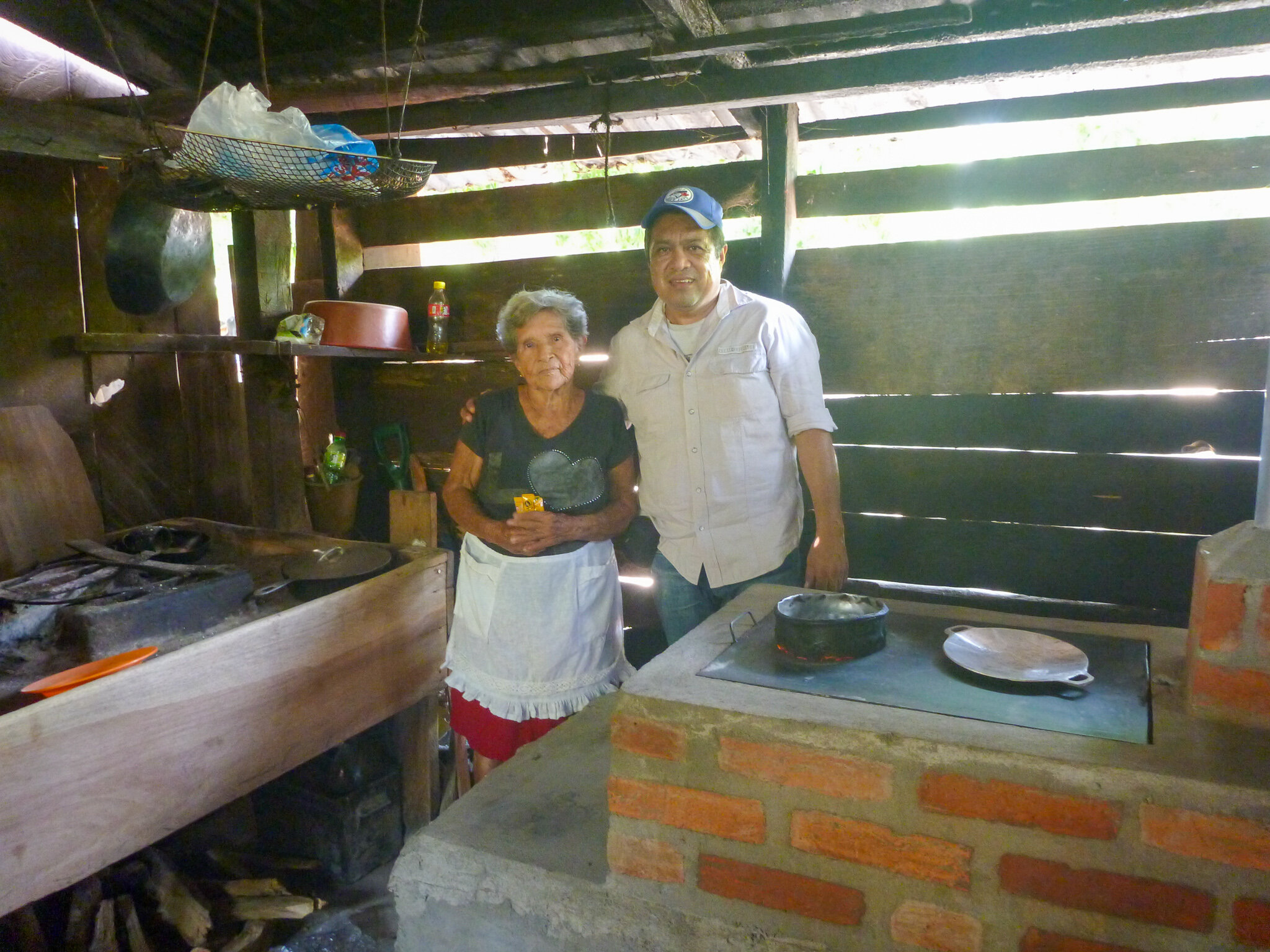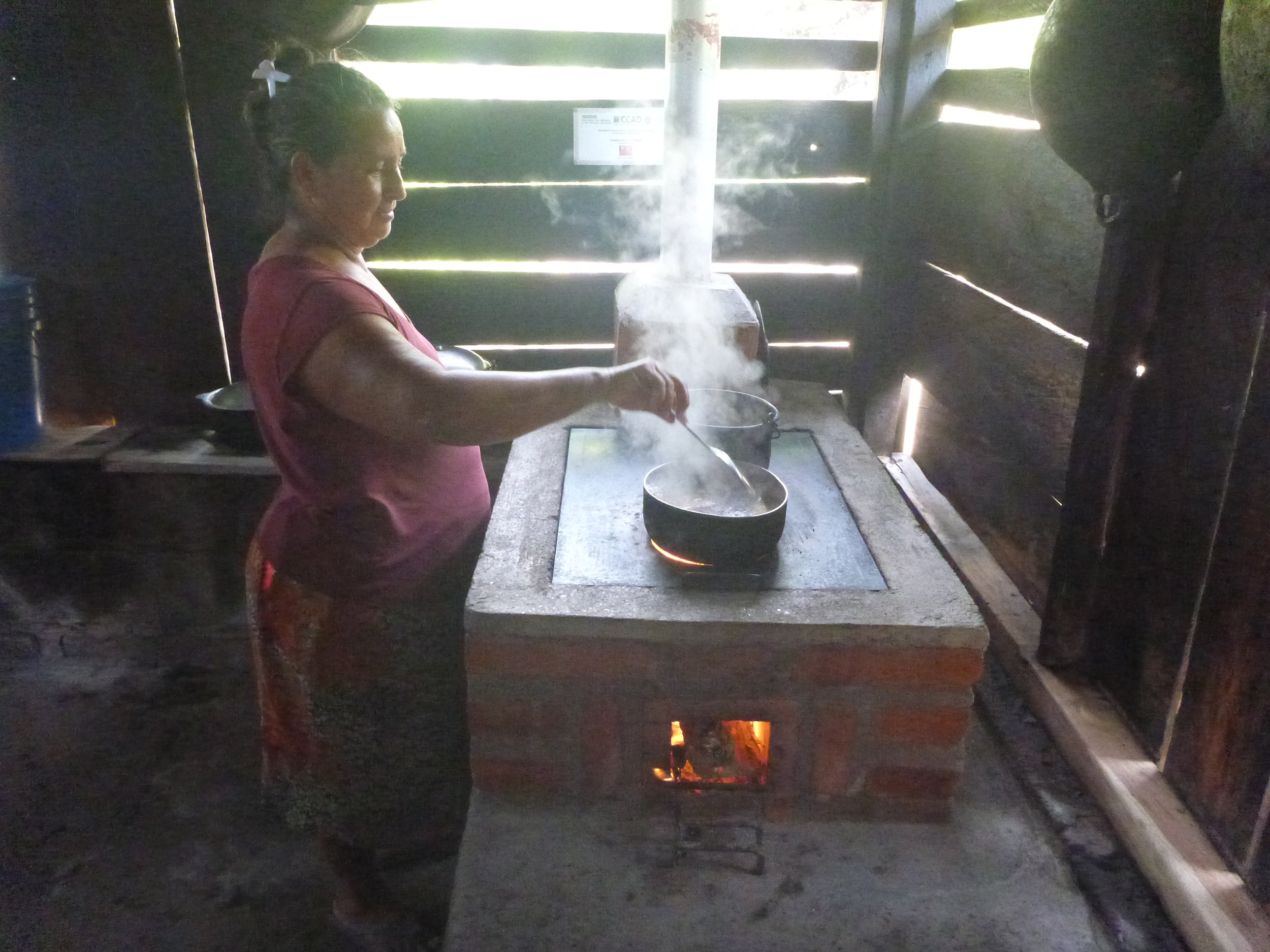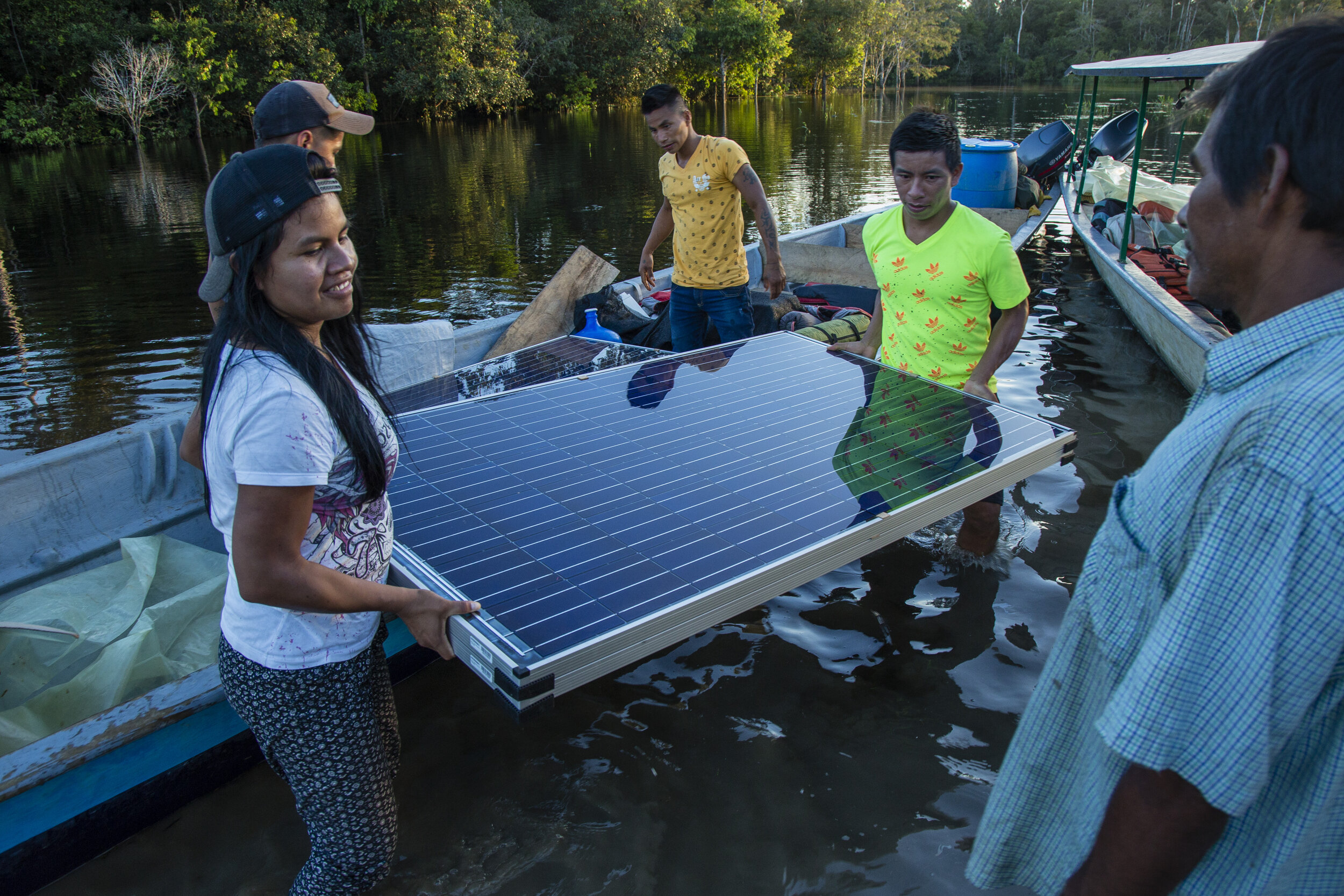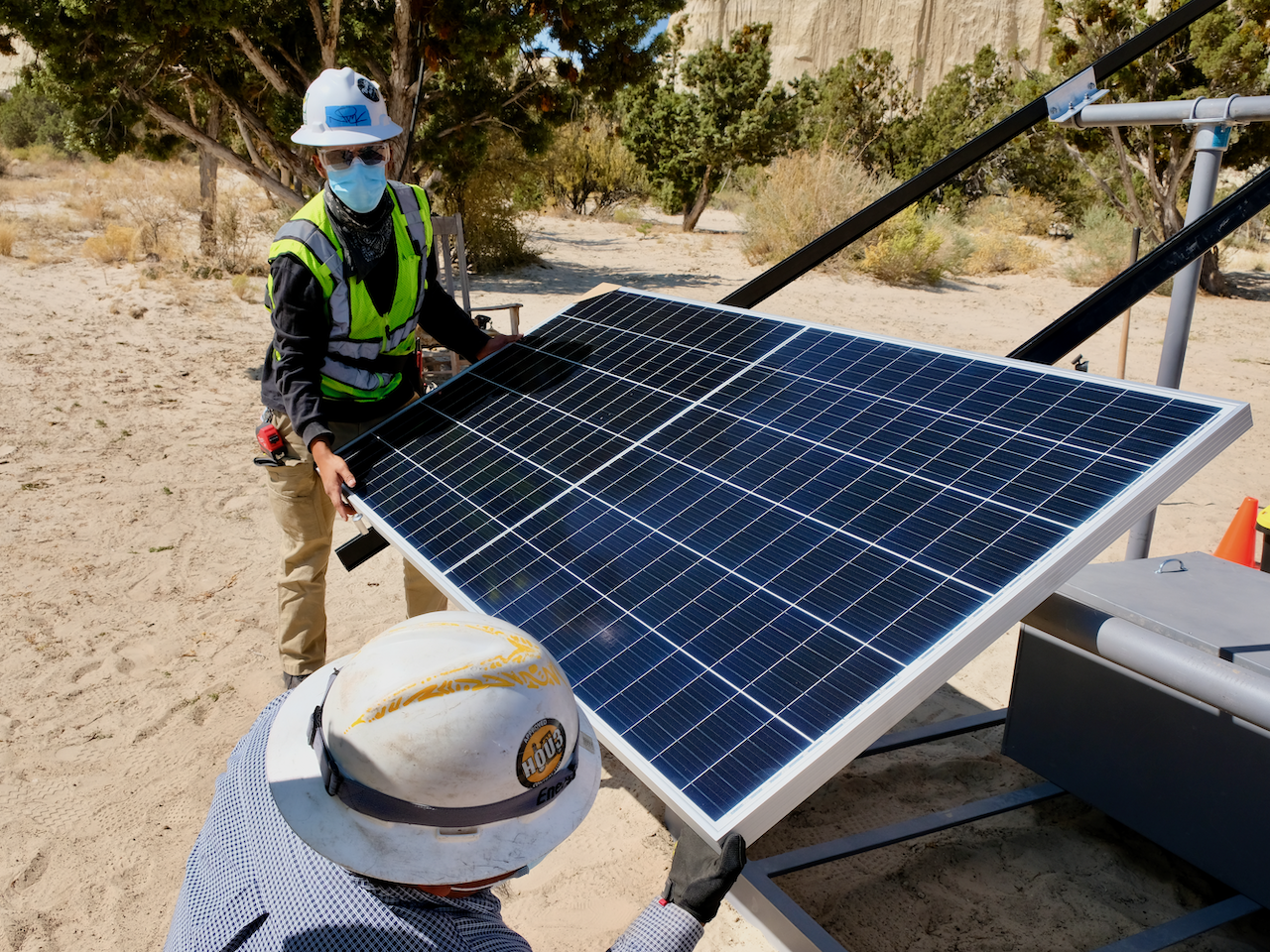Impact Spotlight
Solar PV systems for 60 homes on islands in Lake Nicaragua
Clean water for over 500 people
Six solar irrigation systems to stabilize local agriculture
About
Asociación Fénix collaborates with communities throughout rural Nicaragua to build sustainable food and water systems, increase gender equity, and provide access to electricity. Since 2001, they’ve worked throughout Nicaragua’s “Dry Corridor”— a tropical dry rainforest along the Pacific coast, home to agricultural and fishing communities who are particularly vulnerable to the effects of climate change.
Las Cañas and San Miguel are two such communities, each located on the Zapatera archipelago, in Lake Nicaragua. While the islands’ natural resources are protected by the Nicaraguan government, the communities receive little support and lack essential services like drinking water, electricity, and healthcare. Their primary source of drinking water, Lake Nicaragua, is also one of the most polluted lakes in the world. As pollution and lack of refrigeration limit fishing, and a warming climate makes farming increasingly difficult, these communities will be forced to consider migration unless they receive additional support.
“Solar energy is the only hope to improve the lives of our people on Zapatera island”
HF Partnership
Since 2021, HF has partnered with Asociacón Fénix to expand renewable energy access on Zapatera Island, a previously unelectrified island community of 150 people in Lake Nicaragua. Over the years, Asociación Fénix has worked alongside locally elected communities to install 50 solar home systems, a solar water irrigation system, and increase access to clean drinking water for island residents. Asociación Fénix also collaborated with the community members to form a solar committee consisting of five elected officials, who ensure the operation and maintenance of these systems.
With expanded funding from HF, Asociacón Fénix will continue to work towards their goal of electrifying the entire community. Additional solar home systems will be installed on 30 of the most remote homes on neighboring San Miguel Island, and an increased focus will be placed on promoting positive economic development through powering shared refrigeration and food storage, food processors, and diversifying locally produced foods. When complete, Lake Nicaragua’s Islands will be an example of how solar power can be used effectively to meet the various needs of remote and unelectrified communities across the country.
Similar Partners


